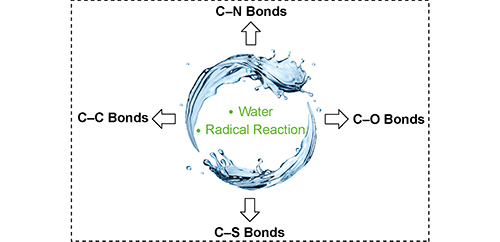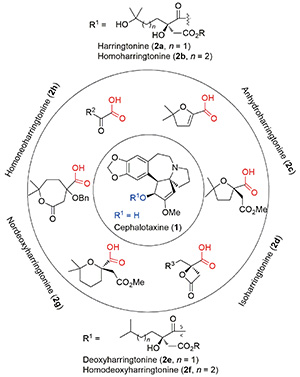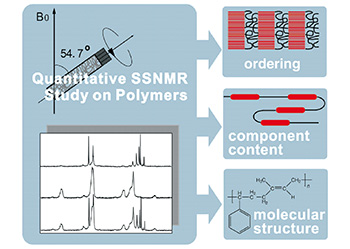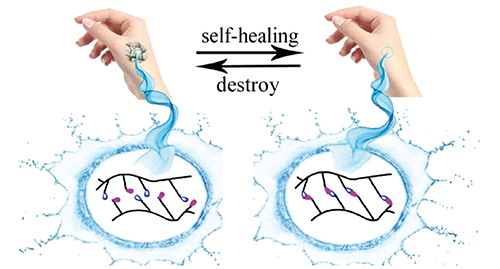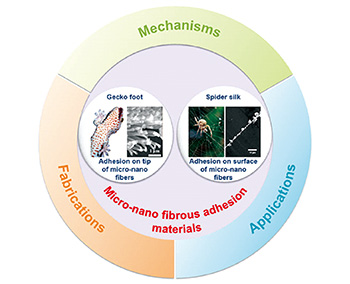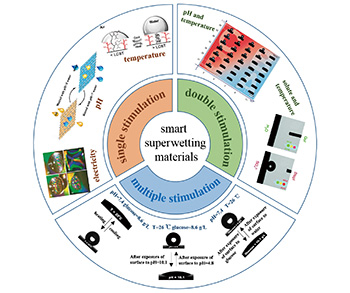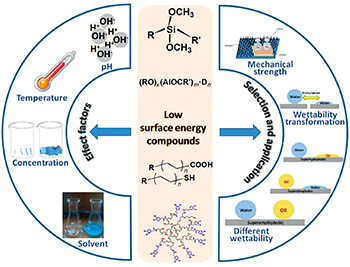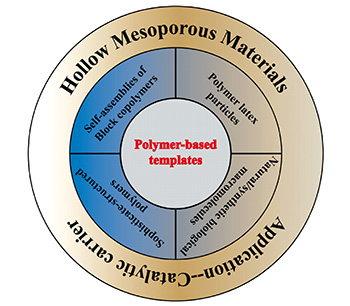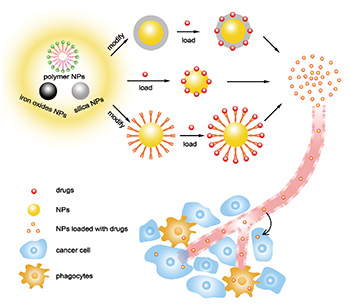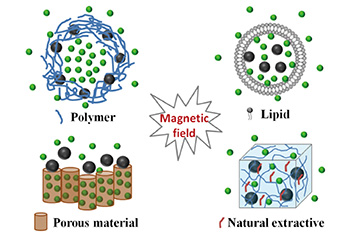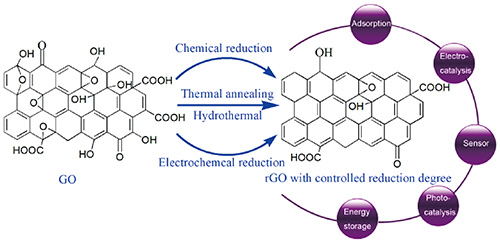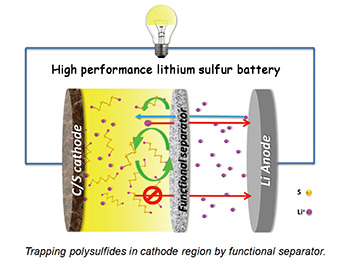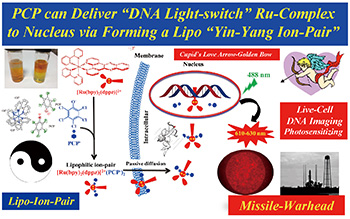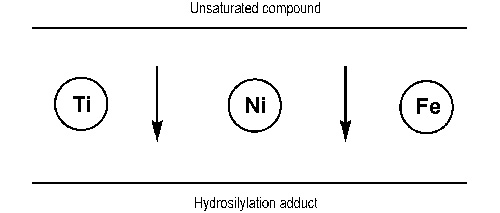Liping Chen, Rong Yang, Yinglin Yan, Chaojiang Fan, Mangmang Shi, Yunhua Xu. The Control of Reduction Degree of Graphene Oxide[J]. Progress in Chemistry, 2018, 30(12): 1930-1941.
Abstract
Graphene, a two-dimensional material with monoatomic thickness, possesses a series of excellent properties, such as flexibility and electrical conductivity, which makes it widely applied in many fields. Oxidation-reduction method is the most commonly used and promising method for the preparation of graphene. However, large amounts of oxygen-containing functional groups, such as hydroxyl, epoxy, carboxyl and carbonyl groups, are formed on the planes and edges of the graphene during the oxidation process, which makes its conjugated structure destroyed, causing the excellent electrical conductivity decreased. Consequently, graphene oxide needs to be reduced by removing the oxygen-containing functional groups to recover conjugated structure. Interestingly, graphene-based materials need both a certain amount or types of oxygen-containing functional groups on graphene oxide which determines the characteristic of graphene oxide, chemical activity, hydrophilicity, band gap or defects, etc., and the characteristic of graphene, such as high electrical conductivity, for application in many fields. The control of reduction degree of graphene oxide, obtaining partially reduced graphene oxide, can not only make most use of the merits of oxygen-containing functional groups and ensure enough conductivity, but also obtain the partially reduced graphene oxide with determined types and amount of oxygen-containing functional groups on the requirements of the applications, realizing the diverse applications of graphene, such as adsorption, electroatalysis, photocatalysis, and sensor. The methods for controlling reduction degree of graphene oxide include chemical reduction method, thermal reduction (thermal annealing, hydrothermal and solvethermal reduction) and electrochemical reduction. Herein research progress on the controlling conditions of partially reduced graphene oxide, reduction mechanism and effect, comparison of those reduction methods as well as the applications of partially reduced graphene oxide are reviewed, and current challenges and research directions are also presented.
Contents
1 Introduction
2 Reduction degree of GO controlled by chemical reduction method
2.1 Types and concentration of reduction agent
2.2 Reduction temperature
2.3 Reaction medium and pH
2.4 Reduction time
3 Reduction degree of GO controlled by thermal reduction methods
3.1 Thermal annealing
3.2 Hydrothermal (solvothermal)
4 Reduction degree of GO controlled by electrochemical reduction method
4.1 Reduction potential
4.2 Reduction time
5 Reduction mechanism and effect
5.1 Reduction mechanism of chemical reduction
5.2 Reduction mechanism of thermal reduction
5.3 Reduction mechanism of electrochemical reduction
5.4 Comparison of different reduction methods
6 Applications of controlling reduction degree
7 Conclusion










